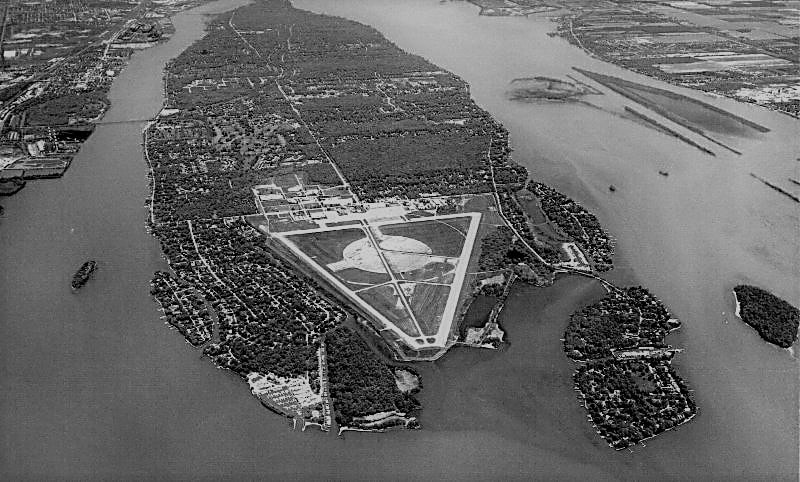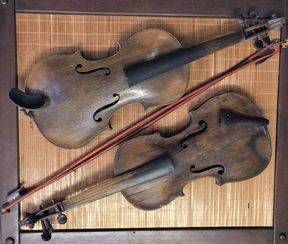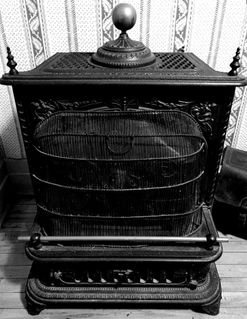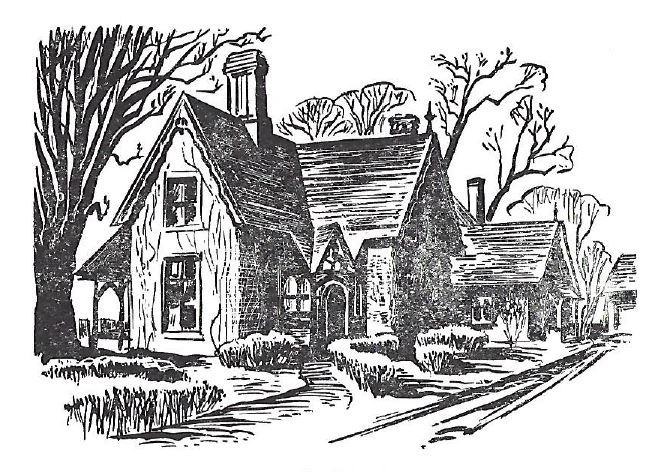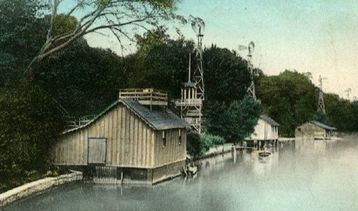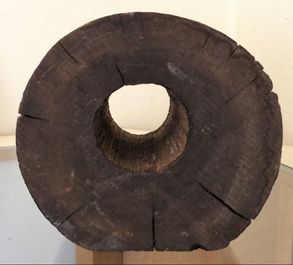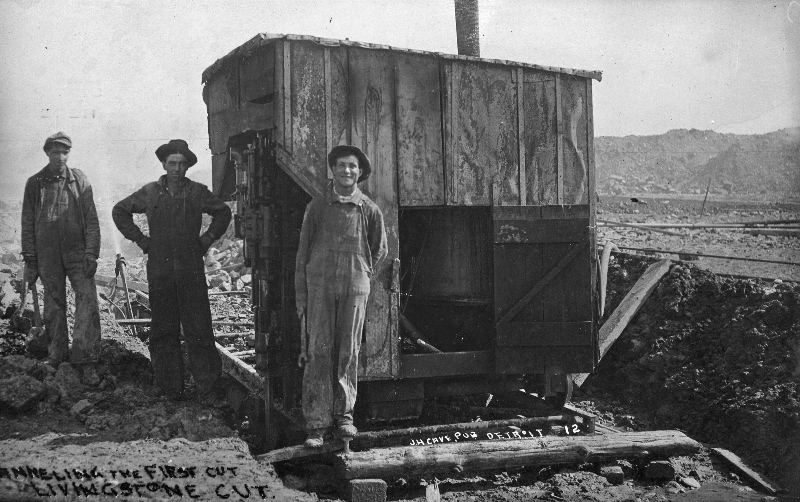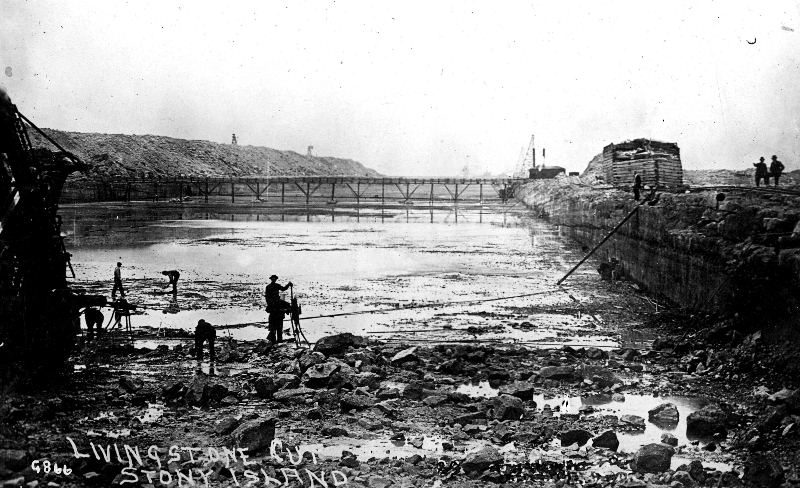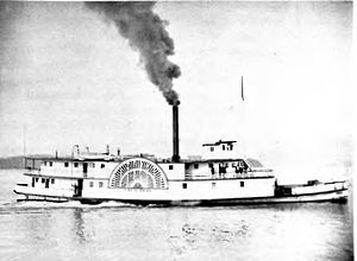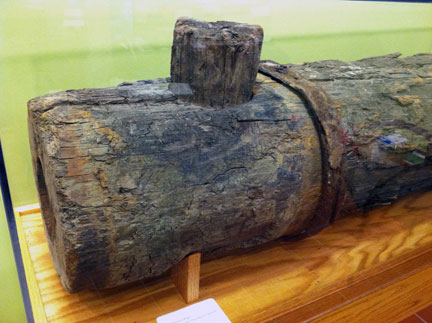- About Us
- Videos
- Events
- Calendar
-
Shop
- Membership - Sign Up Online
- Tour Guide of Grosse Ile
- Short Sleeve T-Shirts
- Long Sleeve T-Shirt
- 1/4 Zip Grey Jacket
- Books
- 2D Lighthouse Picture
- 3D Maps - Grosse Ile or Great Lakes
- Coasters - Sets or Single
- Glasses
- Hats - Imprinted w/ Lighthouse or N.A.S.
- Lighthouse Pin
- Mugs - Various Colors
- Reference Guides
- Donation
- Recognition Tree
- Ile Camera
- THANK YOU!!!
- Goals
- Contact Info, FACEBOOK link & ??/Comments
- Membership Form - Mail in
- Newsletter
Grosse Ile History Museum & Customs House
25020 East River Road, Grosse Ile, MI
No entrance fees are charged to visit the Grosse Ile History Museum, but donations are gratefully accepted.
Questions? 734-675-1250 or email [email protected]
25020 East River Road, Grosse Ile, MI
No entrance fees are charged to visit the Grosse Ile History Museum, but donations are gratefully accepted.
Questions? 734-675-1250 or email [email protected]
The Grosse Ile Historical Society is a volunteer, non-profit organization committed to sharing Grosse Ile’s rich history and enriching community pride. Our mission includes the collection and preservation of historical artifacts and documents of Grosse Ile--while conducting educational programs and events that appeal to all ages. We rely on fundraising and volunteerism to maintain our properties and historical exhibits—and welcome individuals who are interested in carrying forward a legacy of history and learning.
MAKING THE PAST LAST
Founded in 1959, the Grosse Ile Historical Society (GIHS) serves as an invaluable resource for Grosse Ile history, life, and culture. The collections maintained by the GIHS tell the stories of the Island for the past 245+ years and consist of hundreds of rare and unique documents, artifacts, and irreplaceable treasures.
Located on the corner of East River Road and Grosse Ile Parkway are the old Michigan Central Railroad Depot (built in 1904), and the United States Customs House (constructed about 1873). The Railroad Depot is now utilized as the Grosse Ile History Museum to display artifacts in exhibits that share stories of our past. The Customs House is decorated with furnishings from the past 100+ years and reflects early 20th century home life -- while also being utilized for GIHS administrative work.
The Railroad Depot and Customs House are located within the East River Road Historic District, which also includes St. James Episcopal Church Chapel (built in 1867), and six mid-19th century homes north of the Chapel.
In addition to the Railroad Depot and Customs House, the GIHS is responsible for the protection of the Grosse Ile Lighthouse and the Grosse Ile Naval Air Station Museum. The Grosse Ile Lighthouse (constructed in 1894 and redesigned in 1906), is a prominent landmark on the northeastern shoreline of Grosse Ile. The Grosse Ile Naval Air Station has a been an epicenter of air activity since the mid-1920s and was a World War II training center. GIHS has a museum display within the Grosse Ile Township Hall about some of the Air Station's historic contributions.
Eight Michigan Historic Site markers can be seen at various locations on the Island indicating important places, dates, and events in Grosse Ile's past.
Located on the corner of East River Road and Grosse Ile Parkway are the old Michigan Central Railroad Depot (built in 1904), and the United States Customs House (constructed about 1873). The Railroad Depot is now utilized as the Grosse Ile History Museum to display artifacts in exhibits that share stories of our past. The Customs House is decorated with furnishings from the past 100+ years and reflects early 20th century home life -- while also being utilized for GIHS administrative work.
The Railroad Depot and Customs House are located within the East River Road Historic District, which also includes St. James Episcopal Church Chapel (built in 1867), and six mid-19th century homes north of the Chapel.
In addition to the Railroad Depot and Customs House, the GIHS is responsible for the protection of the Grosse Ile Lighthouse and the Grosse Ile Naval Air Station Museum. The Grosse Ile Lighthouse (constructed in 1894 and redesigned in 1906), is a prominent landmark on the northeastern shoreline of Grosse Ile. The Grosse Ile Naval Air Station has a been an epicenter of air activity since the mid-1920s and was a World War II training center. GIHS has a museum display within the Grosse Ile Township Hall about some of the Air Station's historic contributions.
Eight Michigan Historic Site markers can be seen at various locations on the Island indicating important places, dates, and events in Grosse Ile's past.
REASON FOR HAVING A SOCIETY
- Protect and preserve Grosse Ile’s historic sites and artifacts while educating visitors of all ages about the historical events that occurred on and around our island.
- Conduct outreach events and programs to help others hear the stories and learn how Grosse Ile played an integral part of local and national history through our involvement in transportation, industry and innovation—and the people who shaped our community.
- Use multiple communication methods to tell stories with thought-provoking exhibits, engaging programs and educational newsletters—and share Grosse Ile’s history for years to come.
TREASURES
The GIHS collections contain many famous documents and artifacts including a copy of the 1776 Treaty signed by Macomb brothers and Island-dwelling Native Americans (the Potawatomi); an early model of the outboard motor; photographs of the construction of the Livingstone Channel; Naval Air Base and wartime memorabilia.
COLLECTION HIGHLIGHTS
Browse a selection of objects from the Society's vast collection showcasing a range of items—from treasures to quirky historical artifacts.
|
These violins were used by the Boucher family from 1868-1920. Louis Boucher and his nephew, Philip Boucher, played for square dances held in family homes on East River Road. Canadian friends crossed over the Detroit River by boat and on the ice to join the festivities.
|
Grosse Ile's earliest firefighters depended on windmill power to bring river water to the Island to help them fight fires.
|
|
Photos courtesy of Grosse Ile Historical Society
|
- About Us
- Videos
- Events
- Calendar
-
Shop
- Membership - Sign Up Online
- Tour Guide of Grosse Ile
- Short Sleeve T-Shirts
- Long Sleeve T-Shirt
- 1/4 Zip Grey Jacket
- Books
- 2D Lighthouse Picture
- 3D Maps - Grosse Ile or Great Lakes
- Coasters - Sets or Single
- Glasses
- Hats - Imprinted w/ Lighthouse or N.A.S.
- Lighthouse Pin
- Mugs - Various Colors
- Reference Guides
- Donation
- Recognition Tree
- Ile Camera
- THANK YOU!!!
- Goals
- Contact Info, FACEBOOK link & ??/Comments
- Membership Form - Mail in
- Newsletter

